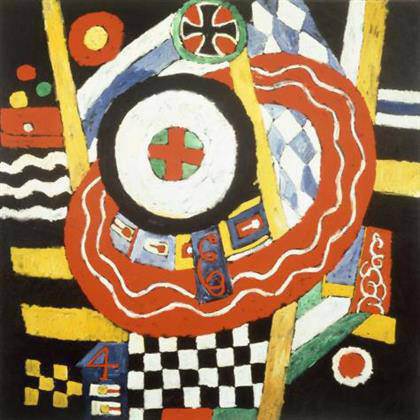
I Want You For U.S. Army, 1917, James Montgomery Flagg
Over There! Posters from World War I – MFA Boston Timed to coincide with the 100th anniversary of the outbreak of WWI, ‘Over There! Posters from World War I’ (on view July 26, 2014—May 25, 2015) at the Museum of Fine Arts, Boston (MFA), features more than 50 wartime posters from the United States and Europe.]]>
Source: Museum of Fine Arts, Boston
Boldly designed color lithographic posters were first used for propaganda on a massive scale during World War I (1914–1918). One week after the United States officially entered the war, on April 6, 1917, president Woodrow Wilson established the Committee on Public Information, which was tasked with creating a propaganda campaign. Through newsprint, radio, film and other media, the campaign’s goal was to inspire patriotism and sacrifice, and secure support for the war effort from the American public. An important part of this campaign was the Division of Pictorial Publicity, headed by Charles Dana Gibson, president of the New York Society of Illustrators. Gibson brought together artists and magazine illustrators from around the country, all of whom donated their skills to create some of the most striking posters of the era.
“I Want You For U.S. Army” (1917) by James Montgomery Flagg is one of the most famous images from the war. The work’s sternly imploring Uncle Sam, his finger pointing directly at the viewer, is a self-portrait. It was so effective in encouraging young recruits that it continued to be used during World War II. The composition is based on a British poster made three years earlier, “London Opinion—Your Country Needs You” (1914) by Alfred Leete, which is also on view in the exhibition. Britain declared war on Germany on August 4, 1914 and Lord Kitchener, Secretary of State for War, was charged with assembling an army. Leete’s illustration of Kitchener proved to be enormously influential.
But, it wasn’t just the US Army that needed recruits. The Air Service, a forerunner of the United States Air Force, began combat operations in France in the spring of 1918. “Over There!—Skilled Workers—On the Ground Behind the Lines In the Air Service” (about 1918, Louis Fancher) was an appeal for mechanics, machinists and others who could act in a supporting role on the ground. A poster for the Navy, Richard Fayerweather Babcock’s “Join the Navy—The Service for Fighting Men” (1917), depicts a preposterous image of a sailor riding a torpedo through the water, taking a humorous approach to the sober task of recruitment.
Related content
“Samba Spirit”: Modern Afro Brazilian Art at MFA Boston (exhibition, 2014)
Follow us on:


